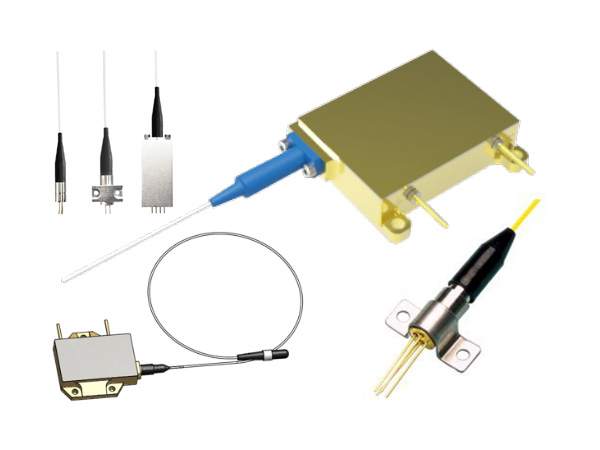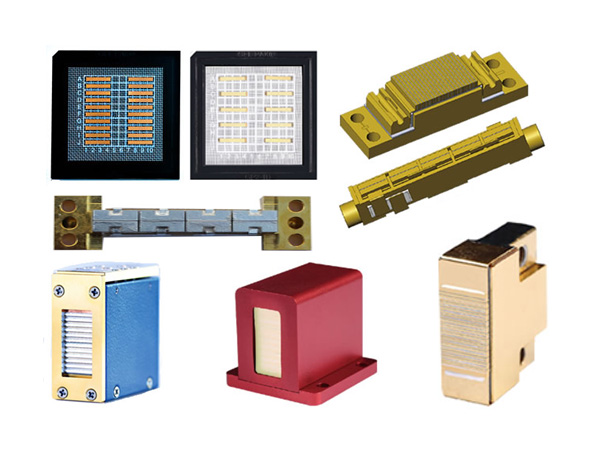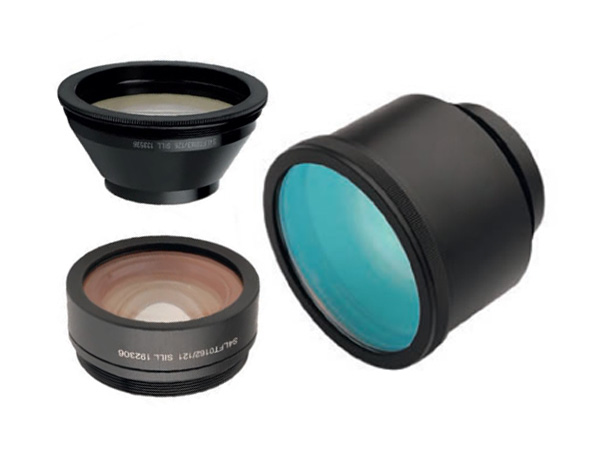Understanding Laser Cutting Precision: How does 0.01mm Error Tolerance Achieve?
Understanding Laser Cutting Precision: How does 0.01mm Error Tolerance Achieve?
——The Technological Revolution and Industrial Empowerment in Precision Manufacturing.
In the field of precision manufacturing, achieving a tolerance of 0.01 millimeters is equivalent to controlling an error margin smaller than 1/8 the diameter of a human hair. This breakthrough capability stems from the synergistic integration of material science, energy control, and intelligent systems in laser cutting technology. This article deciphers the pathways to this precision through three dimensions: technical principles, process comparison, and industrial applications.

I. Technical Principles: Multidimensional Synergy for Precision Breakthrough
1. Ultra-High Frequency Pulse Control
Applying a 20,000Hz high frequency pulsed laser with 0.1-microsecond work time for single pulse , the system achieves 20,000 "nanosculptures" per second. By adjusting pulse width (0.5-2ms) and energy density (10⁶-10⁸W/cm²), cut widths of 0.01-0.5mm can be realized on the surfaces of different materials. For example, cutting stainless steel with 2mm thickness results in a focal spot diameter of 0.1mm.
2. Nanoscale Motion Control System
A gantry platform driven by linear motors achieves a repeat positioning accuracy of ±1μm (0.001mm), real-time feedback of position error through grating ruler. Combined with flight path compensation technology, ensures linear error<0.1mm when processing complicated shaped surface.
3. Intelligent Compensation System
The CCD vision + AI algorithm system performs 500 path corrections per millisecond. Through thermal deformation prediction models (error<5μm/m) and material thermal conductivity databases, the thermal influence zone is controlled within 0.2mm.
II. Process Comparison: Comprehensive Advantages of Laser Cutting
| Dimension | Traditional Stamping Process | Laser Cutting Process |
| Precision | ±0.1mm | ±0.01mm |
| Cut Width | 0.5mm | 0.1-0.5mm (adjustable) |
| Processing Speed | 20 pcs/min | 120 pcs/min |
| Material | Metals (carbon steel/stainless steel) | Metals/non-metals (plastic/ceramics) |
| Maintenance Cost | High (mold wear) | Low (contactless processing) |
Note: Data based on medical device bracket processing scenarios, where laser cutting shows more significant efficiency advantages in complex-shaped parts processing.
III. Industrial Applications: From Lab to Production Line
1. New Energy Vehicles
A car manufacturer adopted laser cutting for battery tab processing, achieving:
Energy density increased by 15% (140Wh/kg→161Wh/kg)
Yield rate improved from 92% to 99.8%
Line capacity increased 5-fold (200→1000 pcs/hour)
Annual cost savings exceeding RMB 2 million
2. Aerospace
Titanium alloy bracket cutting with YAG crystal laser (wavelength 2.94μm), with nitrogen protection:
Cut verticality error<0.1mm
Surface roughness Ra≤12.5μm
Heat-affected zone width 0.05mm
3. Medical Devices
Biodegradable magnesium alloy stent cutting achieves:
Micron-level cut (<0.1mm)
No burrs/no heat-affected zone
Controllable degradation rate (error<±5%)
For more further information, pls chick here.
 English
English Français
Français Deutsch
Deutsch euskara
euskara Русский язык
Русский язык Italiano
Italiano Português
Português Nederlands
Nederlands Polski
Polski Greek
Greek Lietuva
Lietuva Türkçe
Türkçe 日本語
日本語 한어
한어 中文
中文 தாமில்
தாமில் فارسی
فارسی हिंदी
हिंदी Tiếng Việt
Tiếng Việt ภาษาไทย
ภาษาไทย Pilipino
Pilipino Indonesia
Indonesia தாமில்
தாமில்





